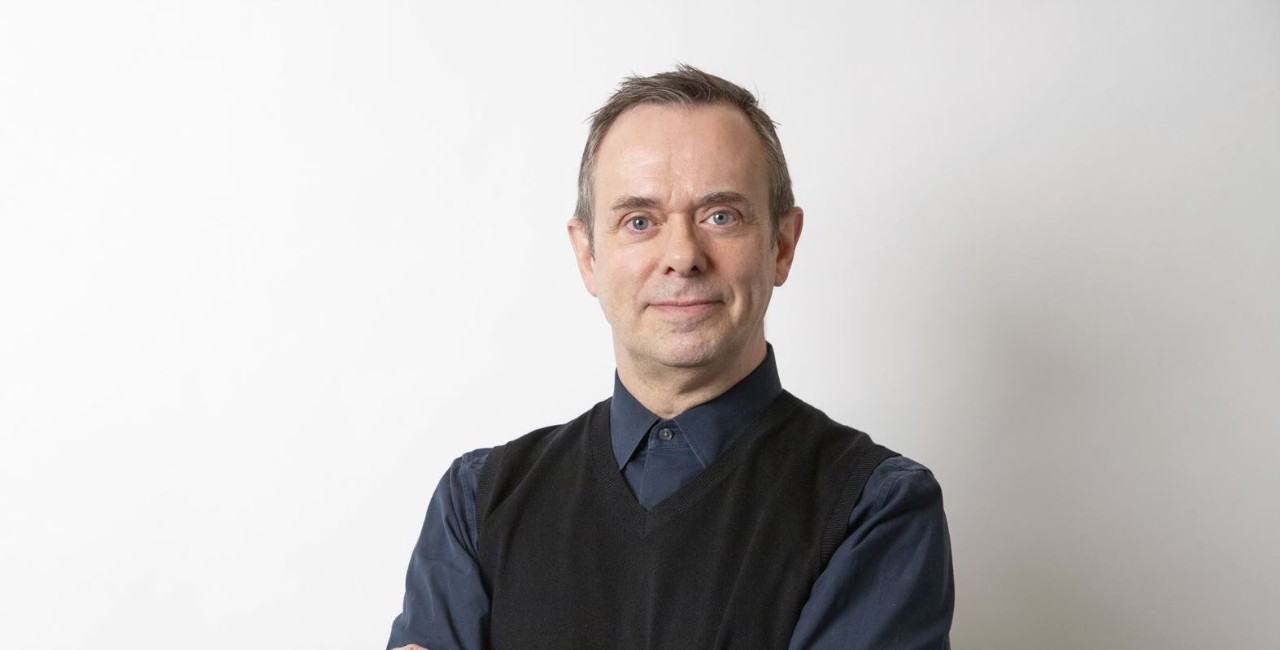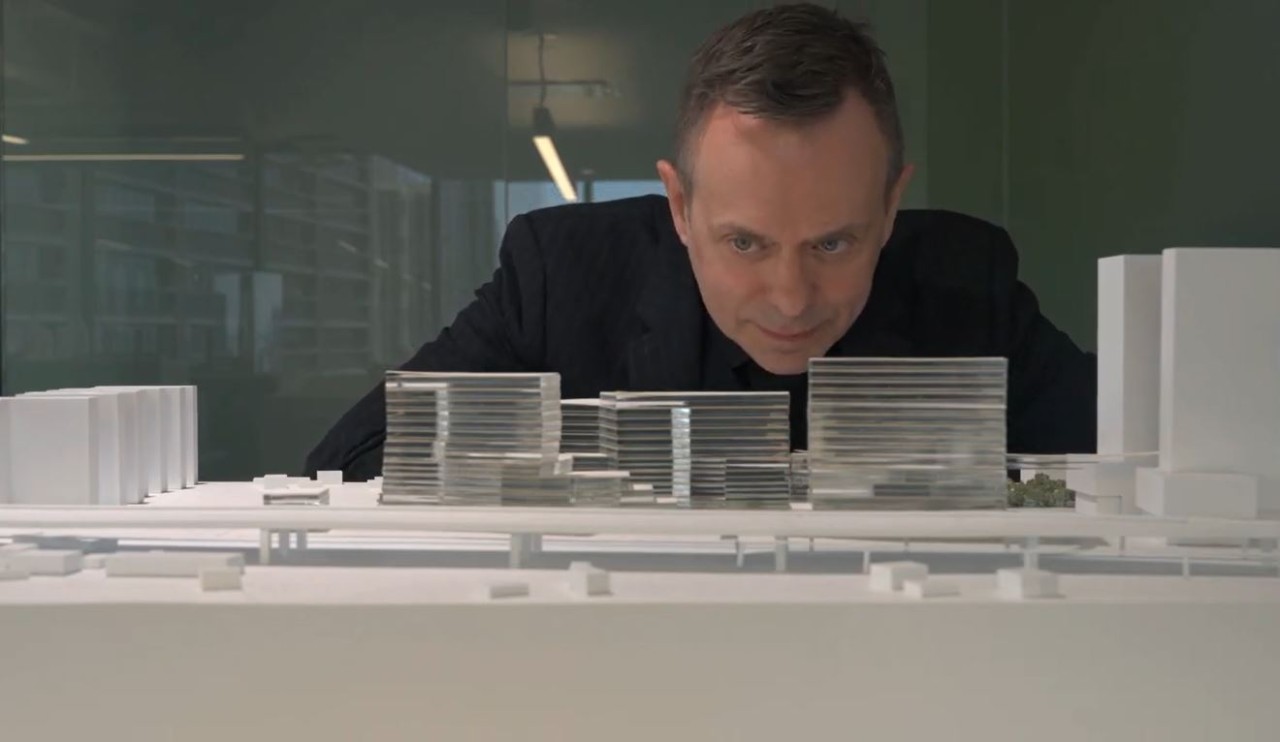Posted: May 20, 2022
By: Mark Campbell
In May 2020, Bryan Langlands (MArch’92) drove 15 hours from New York City to Halifax to see his mother one last time. Hospitalized after a fall, she had been scheduled for surgery but went into a steep decline and the doctors told him she was dying. Unfortunately, COVID-19 protocols prevented him from seeing her until after she passed away.
Nearly two years on, Langlands continues to reflect on that traumatic moment in the context of his work, which is focused on hospital design. “There is a pyramid of caregivers’ needs that has their safety at the base and above that are considerations such as visibility, communication, comfort and ease of use,” he explains. “Early in the pandemic, health care went into the need-to-protect mode and other considerations fell away. I’m looking at how we can build more resilience into hospital designs so that if we are in that mode again, and we probably will be, that same phenomenon does not happen.”
Constantly thinking about how design contributes to the delivery of care
Langlands is a respected health-care programmer, planner and designer, who has worked with some of the most prestigious academic medical centres in the United States, including Mount Sinai Health System, NYU Langone Medical Center, and University of Pennsylvania Medical Center. He has also helped establish and advance the minimum requirements health-care centres must meet as a member of several health-care architectural guideline committees.
“I am constantly thinking about how design contributes not just to the delivery of care but also how it can better support the staff who are charged with making patients well again,” Langlands says. “I never knew that, as an architect, I could have an such an impact or shape the delivery of care across the country. [It] is what excites me most about my work.”
Given his credentials, it is somewhat surprising that Langlands’s career nearly took a different path. Wanting to make a difference from an early age, he walked away from architecture because he was not feeling fulfilled designing houses for wealthy clients in Vancouver. He retrained, earning a Bachelor of Fine Arts and then moved to New York City to earn his master’s degree, but an opportunity to work with an architecture firm there returned him to his first professional love and gave him a renewed sense of purpose.
“One of the projects I worked on was a hospital design and that opened my eyes to the difference you could make through health-care design,” he says. “That discovery fueled the desire to become more specialized. [Now] it is all I have been doing for almost 20 years.”

Giving back
In addition to helping establish minimum architectural guidelines for care, he has also delivered presentations on health-care design and served as a mentor to encourage others to adopt his principles. “It’s incredible to see a young architect thinking about health care, and understanding that they can have an impact, but also learning that there are regulations involved and how they can achieve balance between the two,” he says.
The complexity of health care is such that it is somewhat challenging for Langlands to ascertain the impact of his work. Ultimately, he settles on the fact that his designs have set precedents and been cited as examples of excellence. The Aurum Award motivates him to continue his journey. “It seems to be the right path because it is touching people.”
And that, Langlands hints, may be his true legacy. Not the buildings he has designed or the guidelines he influenced, but the colleagues and mentees he is influencing through his work, his perspectives and his advocacy.
“I really hope that the way I think about and approach the work I do will inspire others in their work,” he says. “If so, then we will see more hospitals that are beautiful, operationally efficient, a wonderful place to work and comforting to patients and their families.”


